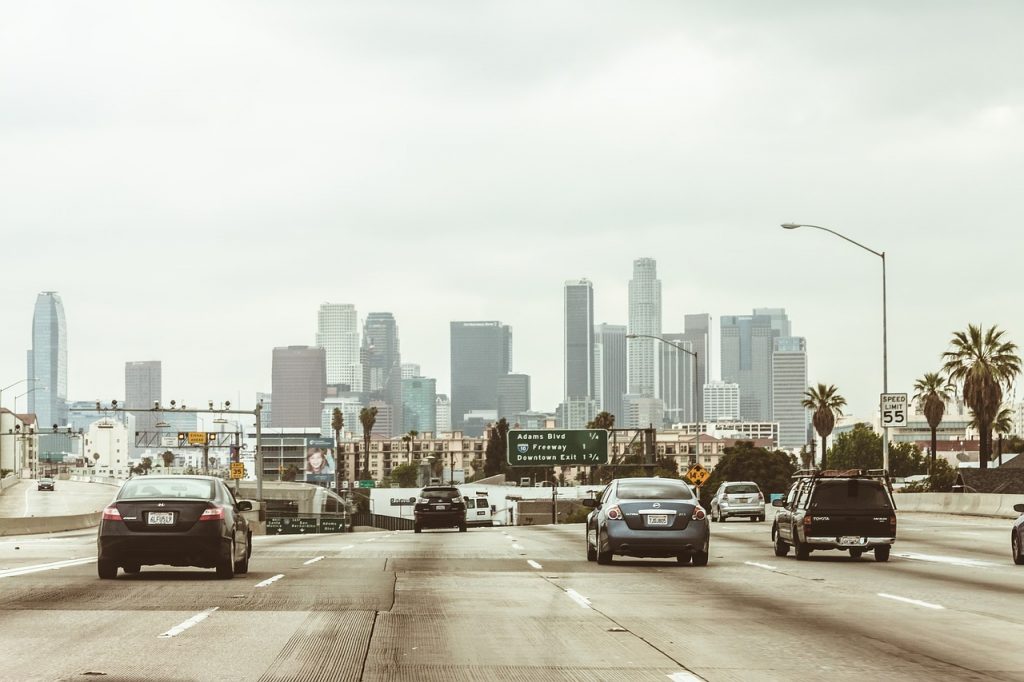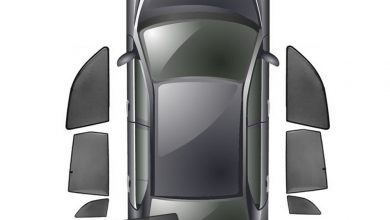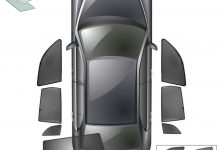Does the Transport Sector Play a Big Part in the Air Pollution Problem?
Index Of The Blog

The exhaust fumes don’t only smell bad – they also have a terrible influence on our health and the whole environment. In our article, we break down the issue of transport-related emissions, explaining how it contributes to the air pollution problem worldwide.
Air pollution doesn’t originate from one source – it’s constituted by various factors. The particulate matter and the toxic cases released into the atmosphere have different origins, from fossil fuel burning to exhaust fumes. Traffic is said to play a major part in the formation of smog. Is it really that polluting? What is the percentage of traffic-related emissions? And would we be able to make the air clean again just by switching to the electric-based solutions? Let’s take a closer look at this issue to understand its role in the air pollution problem.
What’s in the exhaust fumes?
In order to keep the vehicle going, the traditional engine needs to burn the fuel. During this process, just like in the case of burning coal for heating purposes, the energy is released – but unfortunately, it comes at the expense of emitting other harmful substances into the air.
Except for the complete combustion products such as water, CO2, and sulphur trioxide, this process can also cause the release of partially combusted particles. They may contain aromatic hydrocarbons, carbon oxide, sulphur oxide, and soot. All these substances get into the air in large amounts during every car ride. They’re small enough to enter our respiratory system and in some cases, get into the bloodstream. This way, they can reach the organs and accumulate in them, causing damages. These particles can be detected by the air pollution sensor in two variants – PM 2.5 and PM 10, with numbers referring to their size. The air pollution maps, like Airly.org, display their levels next to the toxic gases.
Note that the composition of the exhaust fumes depends on two factors – the type and quality of the fuel, as well as the engine.
Diesel vs. petrol engine – which one pollutes more?
There is no simple answer to that question as it depends on which type of emissions we’re looking at. In the context of climate change, we could risk saying that the petrol engine is worse since, due to its specifics, it releases much more CO2.
However, diesel engines are much worse when it comes to fine particles. In the new cars equipped with the diesel system, this problem has been partially solved with the introduction of very efficient filters. However, the older models are responsible for the release of large amounts of nitrogen oxide and fine particles, including harmful aromatic hydrocarbons.
What part of emissions comes from traffic?
It’s also not easy to answer since the percentage in the urban areas is much higher than in the remote ones. Also, the contribution of car traffic depends on the pollutant type. According to the 2019 statistics provided by the European Environmental Agency, the transport sector is responsible for over 50 % of general emissions of nitrogen oxides. However, in the case of PM 2.5, PM 10, carbon oxide, and sulphur oxides, it’s below 20%.
How to protect yourself from traffic-related air pollution? The best is to monitor the data from the air pollution sensor in your area and adopt personal measures accordingly to it. You can do it through real-time updated maps, such as Airly.org.













